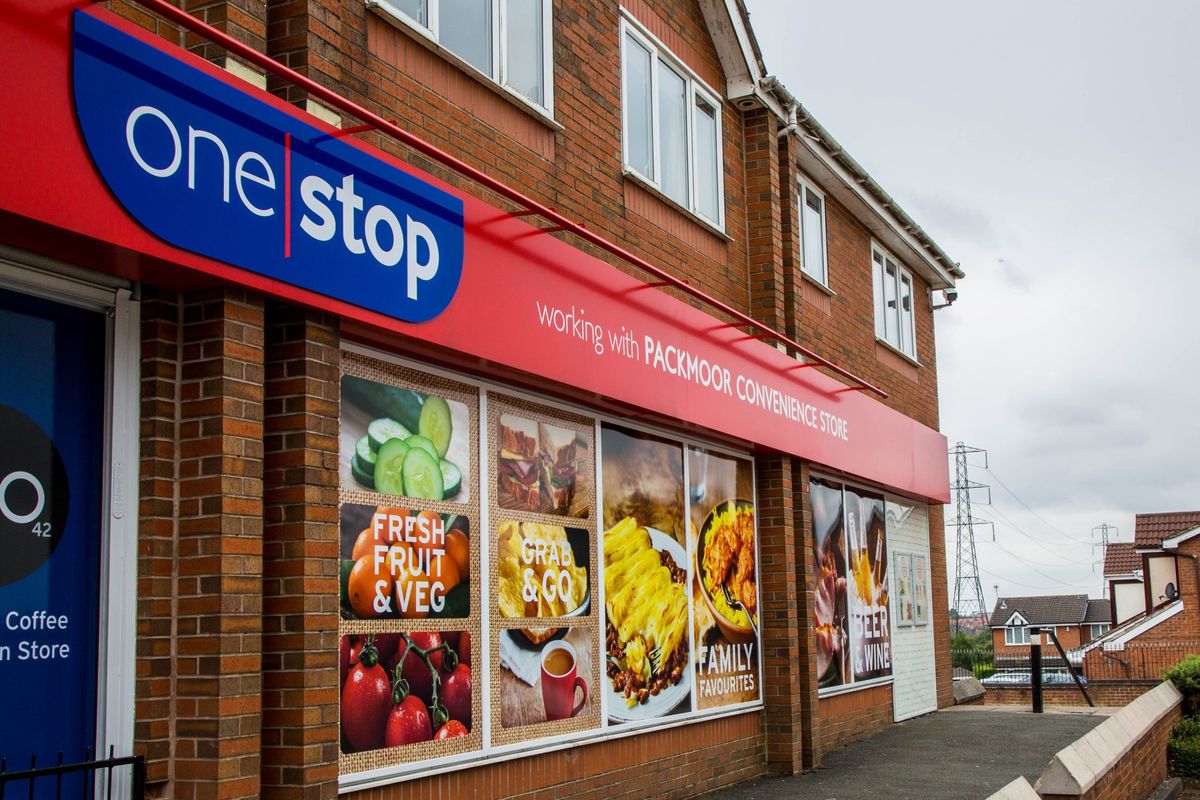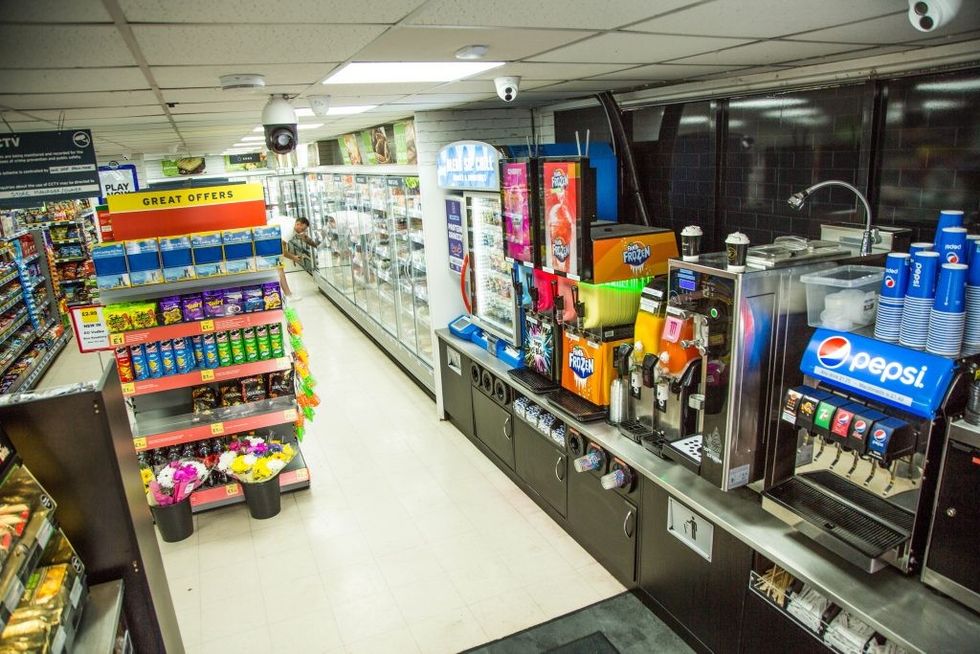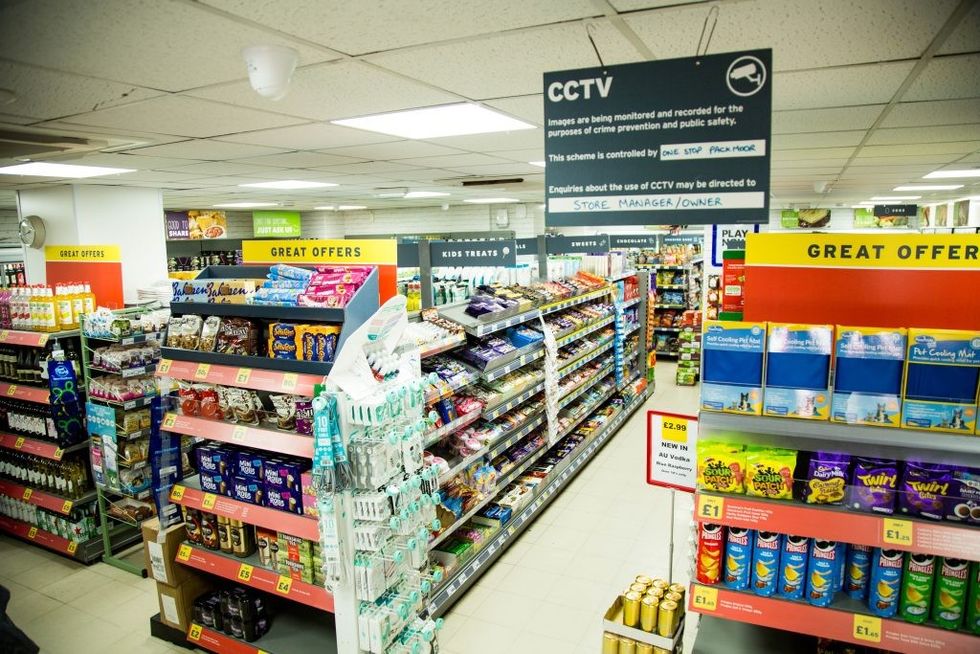In convenience retail, where every aisle holds a promise of its own, yet success does not come just by stocking shelves alone. A store’s fate, however, can be changed by a timely fusion of technological innovations coupled with foresight and a dare to shape the shopping experience.
A perfect example here is One Stop Packmoor, a convenience store nestled in the village of Stoke-on-Trent. It is helmed by the visionary retail maverick Dee Sedani of CTS Trading fame.
With eight stores, including three One Stops, dotting the East Midlands, CTS Trading is the beacon of retail reinvention, with Packmoor store taking the lead.
One Stop Packmoor store was taken over in May last year and reopened in June after an elaborate refit. Equipped with tech and Sedani’s vision, this renewed store showcases cutting-edge wonders like facial recognition cameras as well as a delectable yet healthy food-to-go lineup, where pizzas are made fresh, and protein shakes flow in tantalizing flavors.
Sedani explained to Asian Trader, "In our Packmoor store, we have started to develop a healthy food to go section with new innovation from fresh pizza making to new protein milkshakes.”
In fact, this store is the first in the country to have a self-serve protein shake machine.
Supplied by Protein Life Express, the machine combines whey protein with water to give shakes in five flavoursin 350ml and 450ml cup sizes. The machine was installed a few months ago and has been garnering a lot of initial interest from customers.
Boosted by the performance of healthy food, Sedani said that he is planning to go for another mini refit to develop a whole new area dedicated only to the freshly-made food to go section.
Sedani has been in the retail industry for more than two decades now while CTS has been trading since 2007.
“It all started off in Essex area with newsagents and post offices. I then moved to the East Midlands and rented out the Essex stores as the travelling was becoming too much over the years. In the East Midlands, we have three stores with One Stop and we have a few that are unbranded.”
Sedani revealed that he has a sound knowledge about IT and software so he never hesitates to take up new innovations and technical advancement when it comes to retailing.
He said, “My personal background is as a computer programmer working with IBM, but retail was always in my blood. So, I combine the two together and it does balance well.”
One Stop Packmoor Stoke store is equipped with an advanced facial recognition system. The store has a high-end camera at the entrance of the store that monitors and clicks the picture of the customers coming. The system makes it easier for the staff to identify shoplifters or aggressive abusers by marking them as a person of interest. If the suspected person visits the store again, his picture flashes on the screen behind the till area so that the team can be alerted and can act accordingly.
Since its June makeover, the store has been the talk of the town, attracting not just customers but accolades, including the prestigious’ industry awards in categories like Best Use of Technology.
Not just Packmoor store but each CTS Trading outpost boasts a symphony of innovation from headset-equipped staff to in-house monitoring system.
The stores have an internal piece of software called Retail Guardian that controls most of the day-to-day running of the business. It controls the stores’ clocking in and out system, does tasks management, maintains an electronic daily diary, helps run age verification via fingerprint and even monitors the temperature of hot food section.
Additionally, staff in each store use headsets so the team can keep in touch with each other while on the shop floor or in the store’s back room. Such a seamless communication system allows the team to ask for assistance at till points or any other location of the store instead of shouting or using internal phones. These headsets also have an in-built panic button.
Sedani’s stores also use Staff Safe wherein each team member has a personal watch like button while the till area and stock room have display panels which are monitored 24 hours a day 7 days a week by a central monitoring station. Staff Safe also plays pre-recorded messages which include warnings in reference to antisocial behaviour and shoplifting.
Sedani believes in autonomy and a little window for creativity.
He said, “Each store manager is in control of their store. They treat them like their own and have full decision making of what they want to do or not what. I have learnt over the years not to drag people but make them more involved in the final decision making. This way they learn more and also understand the costs involved in doing anything.”
Beyond the aisles and tills, CTS Trading resonates community spirit too.
Each store give £50 to local charities or support groups apart from sponsoring football kits. The community work is also controlled by each store’s manager, he said.
Sedani advices the young breed of retailers to be more vigilant and curious.
“Look around, visit other stores and go to events. Networking is always helpful and productive. Looking at the same box seven days a week can be monotonous so invest time and effort into your teams.
“Also think about your retail prices which is something I do. I like to focus more on volume but at a lower RRP which drives better sales and thus boosts overall basket-spend.
“Look at what others are doing and try and adopt the ideas and concepts. Not everything will be a winner or a game changer but you also need to take a risk and try,” he said.







